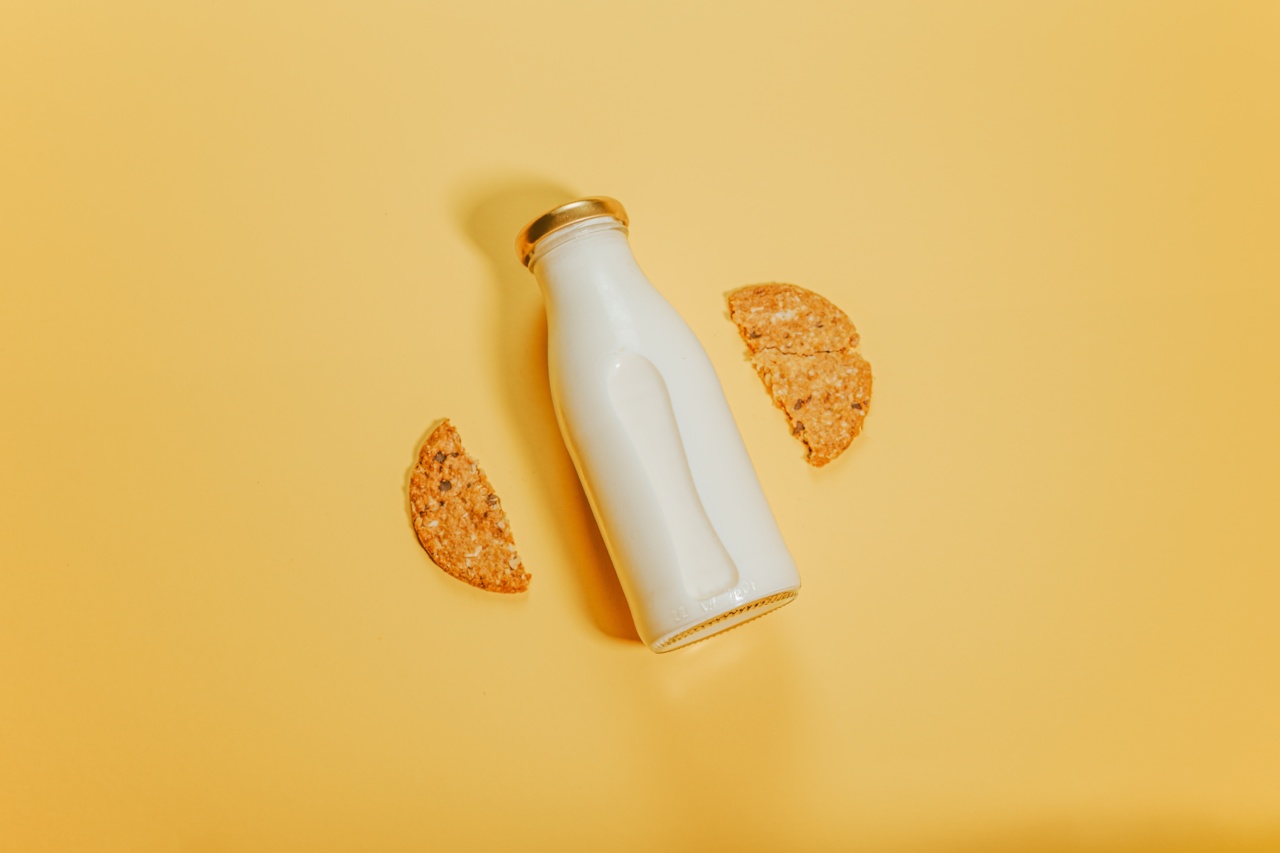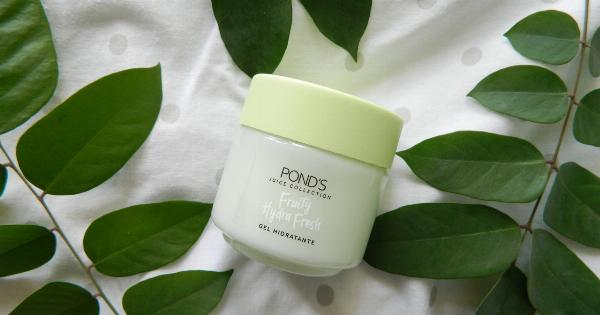Acne is a common skin condition that affects millions of individuals worldwide. It is characterized by the presence of pimples, blackheads, whiteheads, and inflammation on the face, chest, and back.
While several factors can contribute to the development of acne, including hormonal changes, genetics, and diet, there has been a longstanding debate regarding the potential link between milk consumption and acne. In this article, we will explore the evidence surrounding this topic and evaluate whether consuming milk can indeed influence acne development.
Understanding Acne
Before delving into the relationship between milk consumption and acne, it is essential to understand the fundamental causes of acne. Acne occurs when the hair follicles become clogged with oil, dead skin cells, and bacteria.
This clogging leads to the formation of inflammatory lesions, such as pimples and cysts. Hormonal fluctuations, particularly an increase in androgen levels, play a significant role in stimulating the sebaceous glands to produce excess oil, which contributes to the development of acne.
The Dairy and Acne Connection
Over the years, numerous studies have explored the potential relationship between dairy intake, including milk, and acne.
Some researchers believe that milk can aggravate existing acne or trigger its development due to the presence of hormones and bioactive molecules in dairy products.
One prominent theory is that milk contains hormones (such as estrogen, progesterone, and insulin-like growth factor 1) that can interact with the body’s hormone receptors and stimulate oil production.
This increased oil production can clog the hair follicles, leading to acne formation. Additionally, milk proteins, including casein and whey, may induce an inflammatory response in the body, exacerbating acne symptoms.
Evidence Supporting the Link
Several scientific studies have provided evidence supporting the connection between milk consumption and acne.
A study published in the Journal of the Academy of Nutrition and Dietetics in 2018 analyzed data from over 24,000 participants and found a positive association between total milk intake and acne prevalence in teenagers. Another study conducted in 2010 found that consuming milk, particularly skim milk, was associated with a higher likelihood of developing acne in both boys and girls.
Furthermore, a study published in the Journal of the European Academy of Dermatology and Venereology in 2017 analyzed the diets of over 2,300 individuals and concluded that a higher intake of dairy products, specifically milk and skim milk, was linked to an increased risk of acne. This study also found that consuming chocolate, which often contains milk, was positively associated with acne severity.
Conflicting Evidence
While some studies suggest a link between milk consumption and acne, there is also conflicting evidence that challenges this association.
A review article published in the Journal of the European Academy of Dermatology and Venereology in 2019 examined multiple studies and concluded that the link between milk consumption and acne remains unclear due to significant limitations in study design and methodology.
Moreover, some studies have failed to find a significant association between milk intake and acne.
For instance, a systematic review published in the Journal of the American Academy of Dermatology in 2018 analyzed several studies and reported inconclusive or weak evidence for a relationship between milk consumption and acne development. Further research is needed to establish a more definitive conclusion.
Other Factors and Considerations
It is crucial to acknowledge that diet is just one factor among many that can contribute to acne development. Hormonal changes during puberty, stress, genetics, and skincare routines also play significant roles in acne formation.
Therefore, even if milk consumption does have a potential influence on acne, it is unlikely to be the sole cause.
Additionally, individual responses to dietary factors can vary greatly. Some people may experience worsened acne symptoms after consuming dairy products, while others may not observe any changes.
It is essential to pay attention to personal experiences and consult with a healthcare professional to determine the best dietary approach for managing acne.
Conclusion
The link between milk consumption and acne remains a topic of debate within the scientific community.
While some studies suggest that milk intake, particularly skim milk, may be associated with an increased risk of acne, conflicting evidence and study limitations prevent us from drawing definitive conclusions. Moreover, diet is only one aspect of acne development, and individual responses vary. It is crucial to consider multiple factors, including hormonal influences and skincare practices, when addressing acne concerns.





























